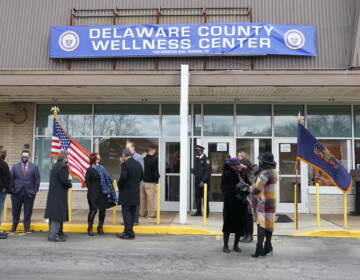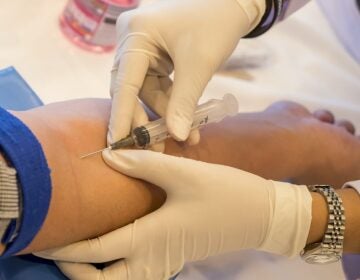The Mysteries of Love
Listen 48:50
(AlexLMX/Big Stock)
If there’s one thing humans can’t get enough of, it’s love. The spark of a first kiss, the warm glow of a happy couple — even if it leads to jealousy, heartache, and pain. We’re obsessed — there are millions of songs, movies, poems, paintings, even scriptures — dedicated to exploring romantic love. And yet, in many ways, love remains mysterious. There’s no formula for love — no predicting who it’ll strike, how it’ll unfold, when it’ll end. But scientists are learning more and more about love, how it affects us, and how technology is changing the way we meet our mates.
In this episode, we hear stories about a scientific cure for heartbreak, the TikTok test that claims to tell if someone’s really into you, and how a glitch in dating algorithms brought one couple together. Also, a rundown from evolutionary anthropologist Anna Machin about how and why love evolved, how it affects our brains, and why “love at first sight” might be a scam.
Also heard on this week’s episode:
- We talk with evolutionary anthropologist Anna Machin about all things related to the science of love — from why it evolved, to how it affects our brains, to whether dating apps actually work, and the potential development of “love drugs.” Machin’s book is called “Why We Love: The New Science Behind Our Closest Relationships.”
- You know what they say — there’s no cure for a broken heart … except, scientists say there is, at least for voles, a mouse-like rodent that happens to mate for life. Reporter Jad Sleiman dives into what scientists have learned about treating vole heartbreak, and what it could mean for humans.
- Call it a crush, call it infatuation, call it obsession — some experts call it limerence. Reporter Grant Hill explains the difference between love and limerence, and what it has to do with “love addiction.”
Segments from this episode
WHYY is your source for fact-based, in-depth journalism and information. As a nonprofit organization, we rely on financial support from readers like you. Please give today.






